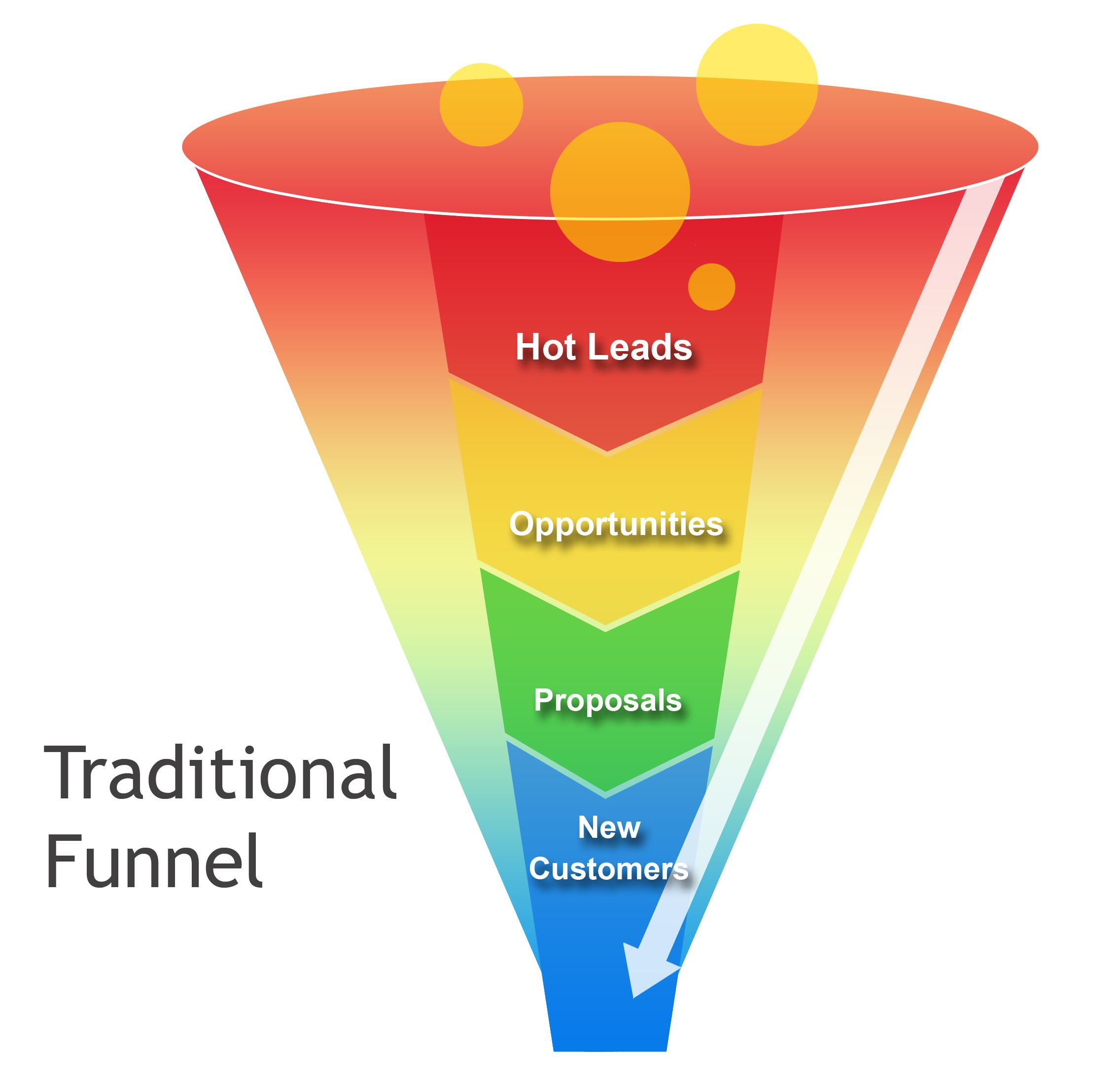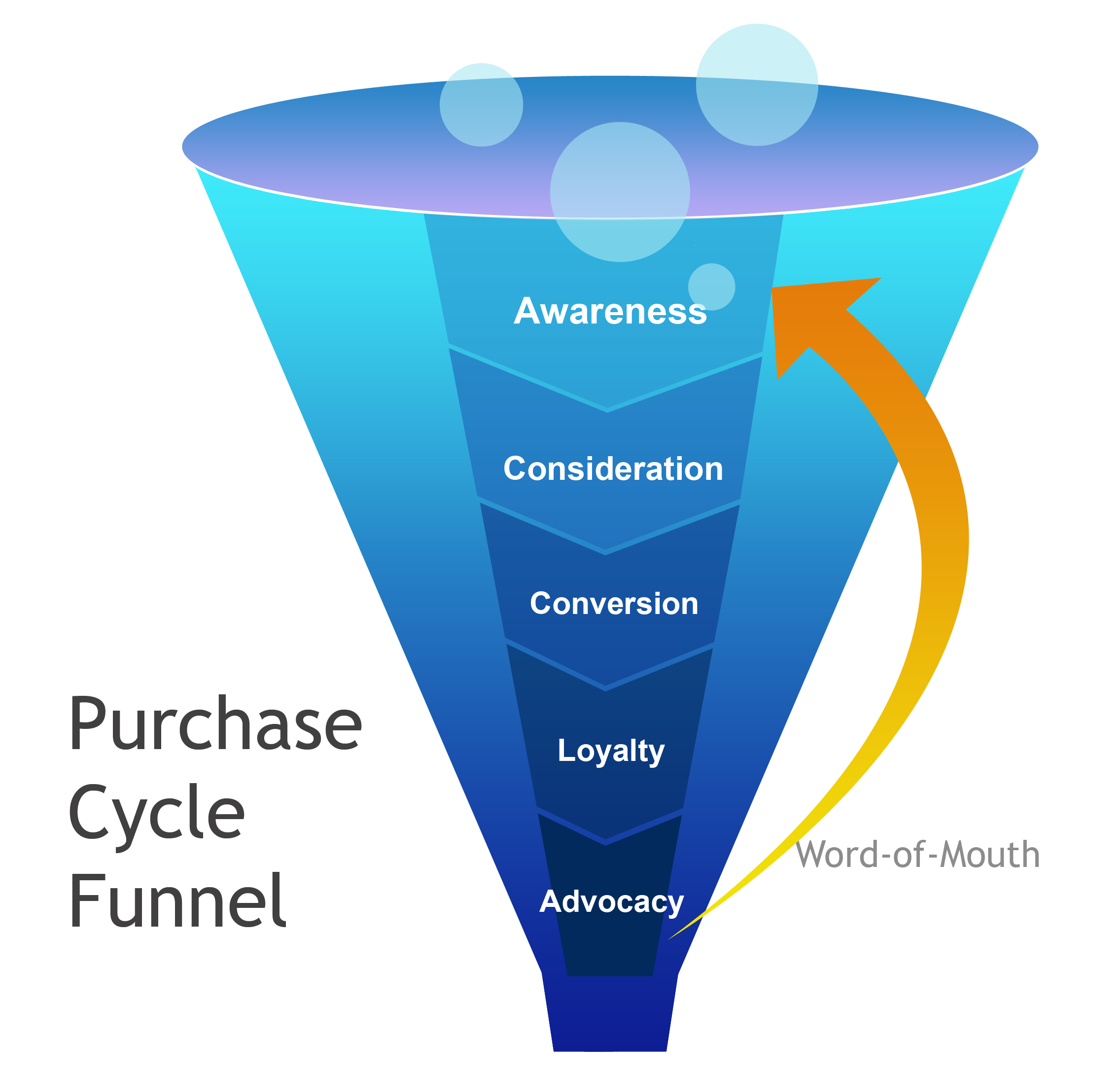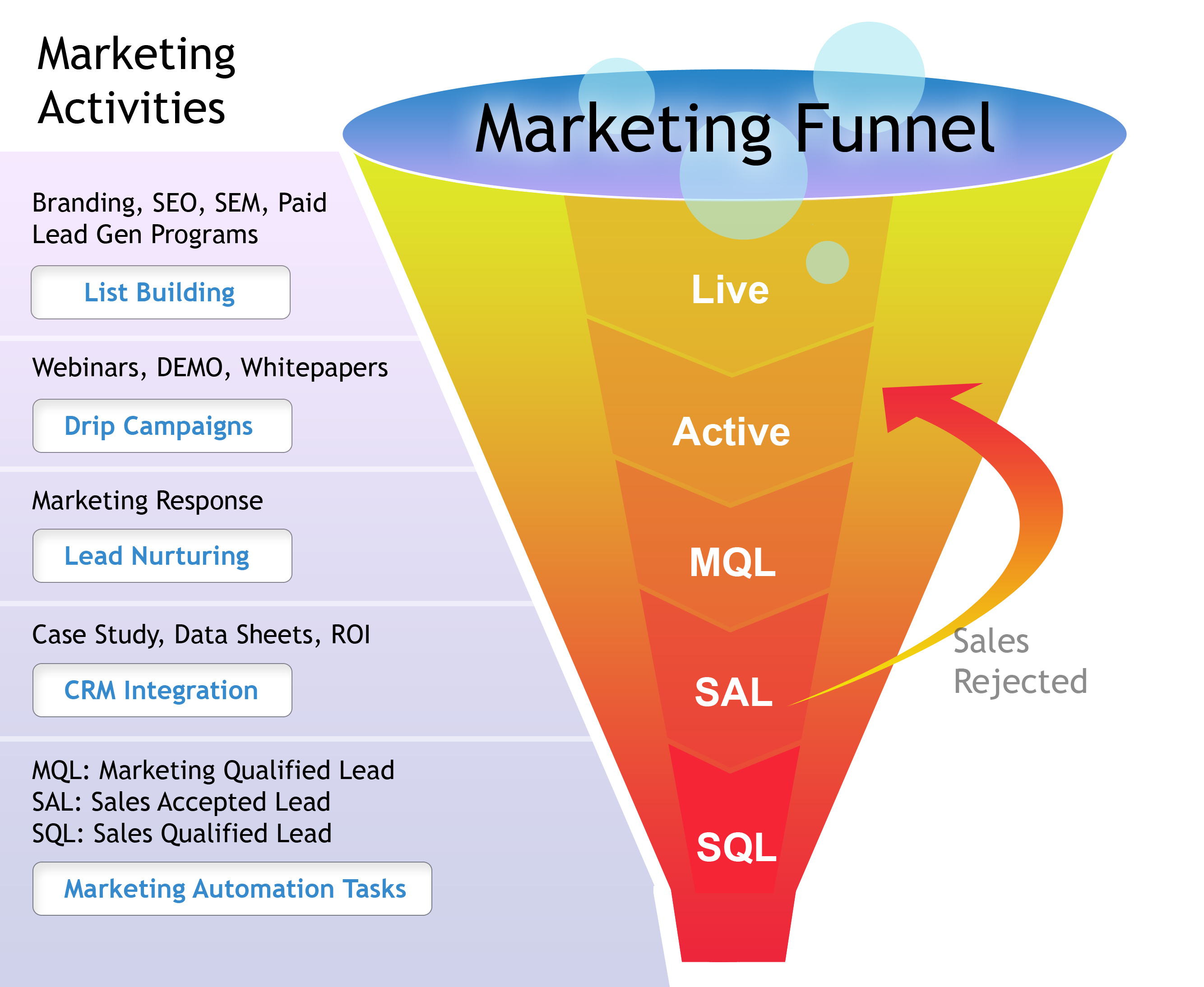Changing Dynamics: The Rise of A New BtoB Marketing Funnel
- Written by Demand Gen Report Team
- Published in Demanding Views
 By Shreesha Ramdas, Chief Operating Officer, LeadFormix
By Shreesha Ramdas, Chief Operating Officer, LeadFormix
Sales has always been responsible for the revenue, measuring how leads move from one stage to the other, with the “Funnel” as the foundation. This “Funnel Diagram” over time, has been recreated and modified in different forms to enable a better understanding of the conversion process.
Primarily, the Funnel signifies the ratio of effort versus results. It is a measure of investment versus return, but it also defines the stages and processes involved in this journey of effort converting to results. The Sales Funnel signifies how the funnel entry, where large volumes of leads enter the system, becomes narrower with the passage of time.
Let us examine the different adaptations of the Sales Funnel and the Evolution of the Marketing Funnel:
Traditional Funnel

We start with the traditional Sales Funnel, which is basic and is focussed on showing the transformation of leads to customers. A company drives various marketing campaigns, which bring in interested leads. Sales then talks to them to find opportunities (purchase intent). The leads that show an interest in buying from the company are sent proposals and quotes and if the offerings meet their needs, the prospects, who have so far traversed the funnel, become the new customers for the company.
Purchase Cycle Funnel

The traditional funnel is followed by the Purchase Cycle Funnel. This funnel is focused on the customer and his progression from someone interested in a product to someone who uses and promotes the product. It highlights the different stages of a lead’s journey and how a company can provide the right information and motivation to the potential customers to move onto the next stage of the purchase cycle. Since the funnel also looks at after sale behavior, it helps companies to plan in advance their strategies for retaining customers and converting them into advocates.
Prospect Behavior Funnel

The Purchase funnel makes way for the Prospect Behavior Funnel. This Funnel focuses on how prospects behave in the different stages of the buying cycle and how you can create demand for a product during these stages. The number of people who are aware of the product is significantly high, while the final number that actually makes a purchasing decision is insignificantly small.
Web site Sales Funnel

Today, a web site plays a significant role in the overall marketing plan; in fact, for many companies, it is also a transaction platform. It is no surprise that we have a web site funnel that shows how online visits transform to customers and the different stages of this process.
The web site sales funnels are different from the other funnels in this list, because they measure the activities performed by the visitor on the site before they are even considered a lead. Source of the visitors, their level of engagement with the content on the site, their reaction to different calls to action on the site and their interaction with the company — via form fill or request form before the sale is made, are all qualifiers which decide if a lead is worthy of entering the Sales Funnel.
In all of this, I would like to highlight, one factor that stands out, it is the absence of Marketing influence. But, that is changing with advent of marketing automation; increasingly marketers are looking at the funnel and either thinking of “How I can actively participate in it?” or “How I can have my own funnel?”
Here is where marketing automation players are coming in and positioning their product as either a funnel builder or as a means of becoming a part of business revenue as opposed to the business cost.
Marketing Funnel

At the very beginning of the funnel, marketing plays a vital role in lead generation, by creating awareness for a product or service and bringing a lead to the site. Once on the site, the marketing automation platforms capture the lead information and help with the prospect list building process.
Most of these leads, though live, are not active and sale ready and hence they need to be nurtured. This is where marketing initiated drip campaigns ensure that the lead stays engaged. Marketing collaterals like white papers, research papers and case studies all become the ammunition for keeping the lead hooked to the brand, until he is ready to buy.
Once the lead responds and shows an intent to buy, he is forwarded to the sales as a marketing qualified Lead. Sales accepts these leads and integrates them into the customer relationship managemnet (CRM) system and depending on the progress made by the lead, they get further qualified by Sales; those rejected go back into the system for further nurturing.
Why the marketing funnel is important is that it clearly defines marketing’s role in the revenue generation process, it shows how involved Marketing is in the sales process and how integral it is to the process of converting leads to customers.
Marketing, until now, has always been considered as a cost center; however, the entry of marketing automation platforms has ensured, and companies are able to measure the ROI for their marketing activities and marketing stakes a claim as part of the revenue.
Prior to co-founding LeadFormix, Shreesha Ramdas was Co-Founder of OuterJoin, a company designed to help BtoB and BtoC organizations assemble online marketing strategies and execution plans. He has also held key management positions at Yodlee and MW2 Consulting, where he held the role of General Manager building the core data acquisition & content engine of Yodlee platform and building engineering operations for MW2. Ramdas began his career with Sprint India before joining Tata Consultancy Services.

